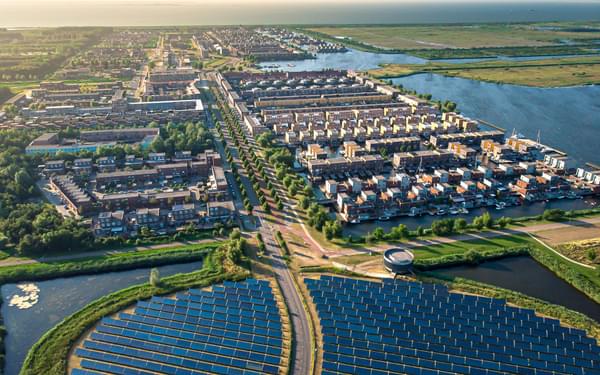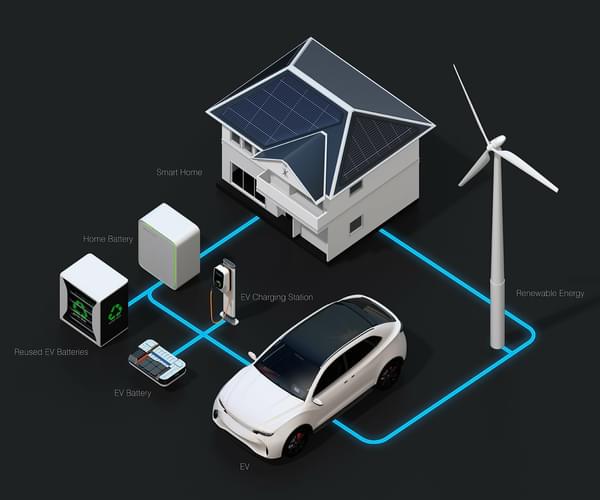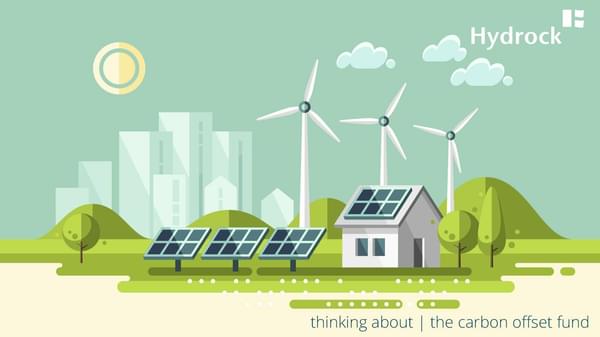
It’s fantastic that we hear so much about the effort and investment channelled into energy efficiency, renewables and large-scale generation capacity, but what we don’t hear so much about is the timing of our energy demand. And it begs the question – when we look at decarbonisation and energy resilience, should we be focusing more on ‘when’, as opposed to ‘what’?
The cost and carbon intensity of our electricity varies significantly - often spectacularly - yet we seem to plan our effort and interventions around fixed rate carbon factors and traditional supply tariffs. The reality is in fact very different. In a single day, costs and carbon emissions can spike way above design benchmarks and plunge to negative levels, especially when regionalised carbon factors are considered. So, it’s clear there is much financial and environmental betterment to be realised through shifting load away from peak periods.
This shift can be achieved through technology interventions such as storage, demand side response and smart appliances. At a domestic level there is huge scope to shift or flatten peak demands through behavioural change.
“This shift can be achieved through technology interventions such as storage, demand side response and smart appliances.”
Cynics will rightly argue that the change this can bring about is immaterial at a holistic level. However, domestic power demand contributes around half of total energy demand, and given it is inherently discretionary and controllable, it begs the question as to what the aggregated effect would be if the adoption of storage, demand side response and smart appliances was more widespread?
Again, the cynics will quickly chime in with “why bother, doesn’t save me anything”, and to some degree they are right. But if you were to look at this differently, the net effect of wide-scale behavioural change could negate the need to invest in new generation assets, i.e. power stations, which are eye wateringly expensive.
So, I put it to you – if you could trim evening peak demand by say a quarter through the types of technology intervention I’ve mentioned above, it would reduce marginal generation demand by approximately 5GW. The true cost of 5GW of generation capacity is up to £35bn. What if some of this saving could be used to incentivise behavioural change? Roughly that translates to £1,500 per UK household.
It’s why it’s worth asking if some of the very well-intended and commendable effort and investment in decarbonisation and power resilience should instead be channelled towards ‘when’ not just ‘what’ our energy needs are.
This article originally appeared on Henry Easterbrook's LinkedIn.















































